Centipede Care Sheet
Housing
Totes:
- Material: Plastic bins are the easiest and most suitable enclosure for centipedes. Use a plastic tub with a latching lid and sealing gasket rings. Plastic is ideal for melting or drilling ventilation holes. Ensure the lid is secure as centipedes are surprisingly strong and can escape through any loose areas.
- Size: Choose an appropriately sized tub for your centipede. Larger tubs are preferable to give them adequate space. A small species can thrive in a shoebox-sized tub, but larger species need more room.
-
Ventilation: Proper ventilation is crucial to maintain humidity and airflow, preventing fungal infections like mycosis. Cross ventilation near the soil level is ideal. Ventilation on the sides helps retain humidity, essential to avoid desiccation and molting problems.
- Tropical species: moderate ventilation.
- New World and desert species: high ventilation.
Setup:
- Substrate: Topsoil is suitable for New World species but not recommended for Asian species. Some keepers mix sand with peat moss to make the substrate stiffer. Alternatively, flake soil is a great substrate, but is prone to molding if kept too moist.
- Materials: Organic peat moss, bark, water dish, leaf litter, sphagnum moss (optional).
- Arrangement: Distribute leaf litter in certain areas, not throughout the entire enclosure. Sphagnum moss helps retain humidity and provides a different texture for the centipede. Arrange bark and the water dish as you prefer.
Diet
- Accepted Foods: Roaches, pinky mice, non-acidic fruits, non-fatty meat, fish (such as salmon), beetle jelly, larvae (superworms, grubs, mealworms).
- Special Dietary Needs: Some species, like Scolopendra alcyona and Scolopendra paradoxa, require a wild diet, including crabs and fish.
- Meat: Feed meat and pinky mice sparingly. Overfeeding meat can shorten the centipede's lifespan. Chicken can be offered more frequently than other meats.
- Variation: A varied diet is essential for the centipede's health. Regularly change the types of food to promote longevity.
Routine Husbandry
- Moisture: Maintain one side of the enclosure moist and the other dry to provide options for the centipede.
- Water: Keep the water dish filled at all times.
- Fungus: Remove items that develop fungus. Scrub and bake items like bark to disinfect.
- Cleanliness: Remove food scraps to prevent mites and fungus.
- Enrichment: Optionally, rearrange the enclosure occasionally to provide enrichment.
Temperature
-
Species-Specific Requirements: Certain species, particularly highland and temperate species, need specific temperature ranges and are not recommended for beginners. Species-specific research is a must to maintain these species, here are some examples:
- Scolopendra "Malaysian Jewel": 68°F - 72°F
- Scolopendra "Mint Legs": 65°F - 72°F
- Scolopendra "White Beard": 68°F - 75°F
- Scolopendra alcyona: 68°F - 72°F
- Scolopendra paradoxa (highland): 68°F - 72°F
- Scolopendra "Yunnan Tri Color": 68°F - 72°F
By following these guidelines, and with species-specific research you can create a suitable and healthy environment for your centipede, ensuring it thrives in captivity.

